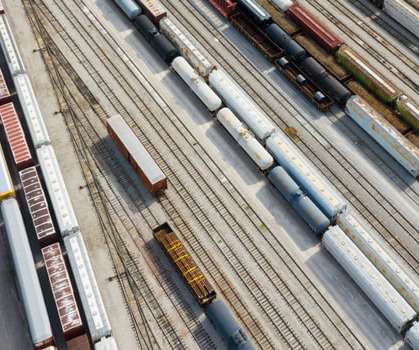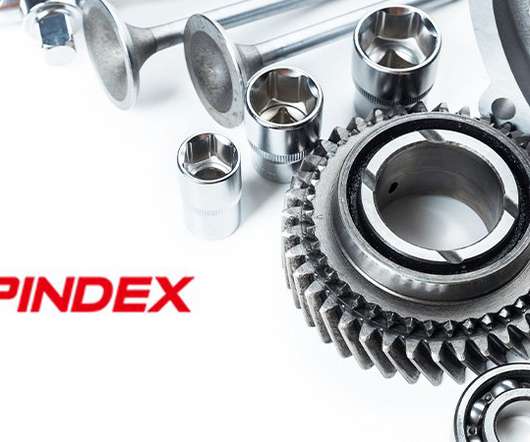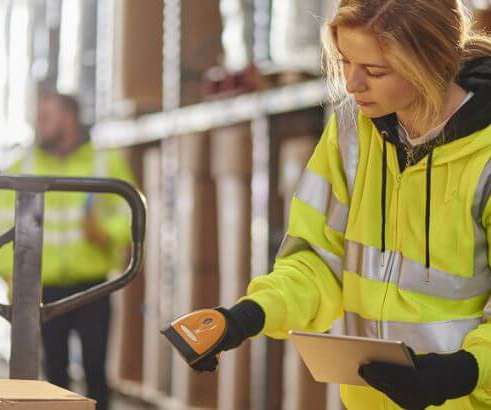People and Halal Supply Chains
The Logistics & Supply Chain Management Society
OCTOBER 14, 2021
Muslim (majority) countries in Asia (such as Brunei, Indonesia, and Malaysia) and several countries in the Middle East are moving to stage 3: the halal supply chain. The halal knowledge of logistics service providers and distributors can be very minimal, as training on halal logistics is often not offered by the organisation and brand owner.


























Let's personalize your content